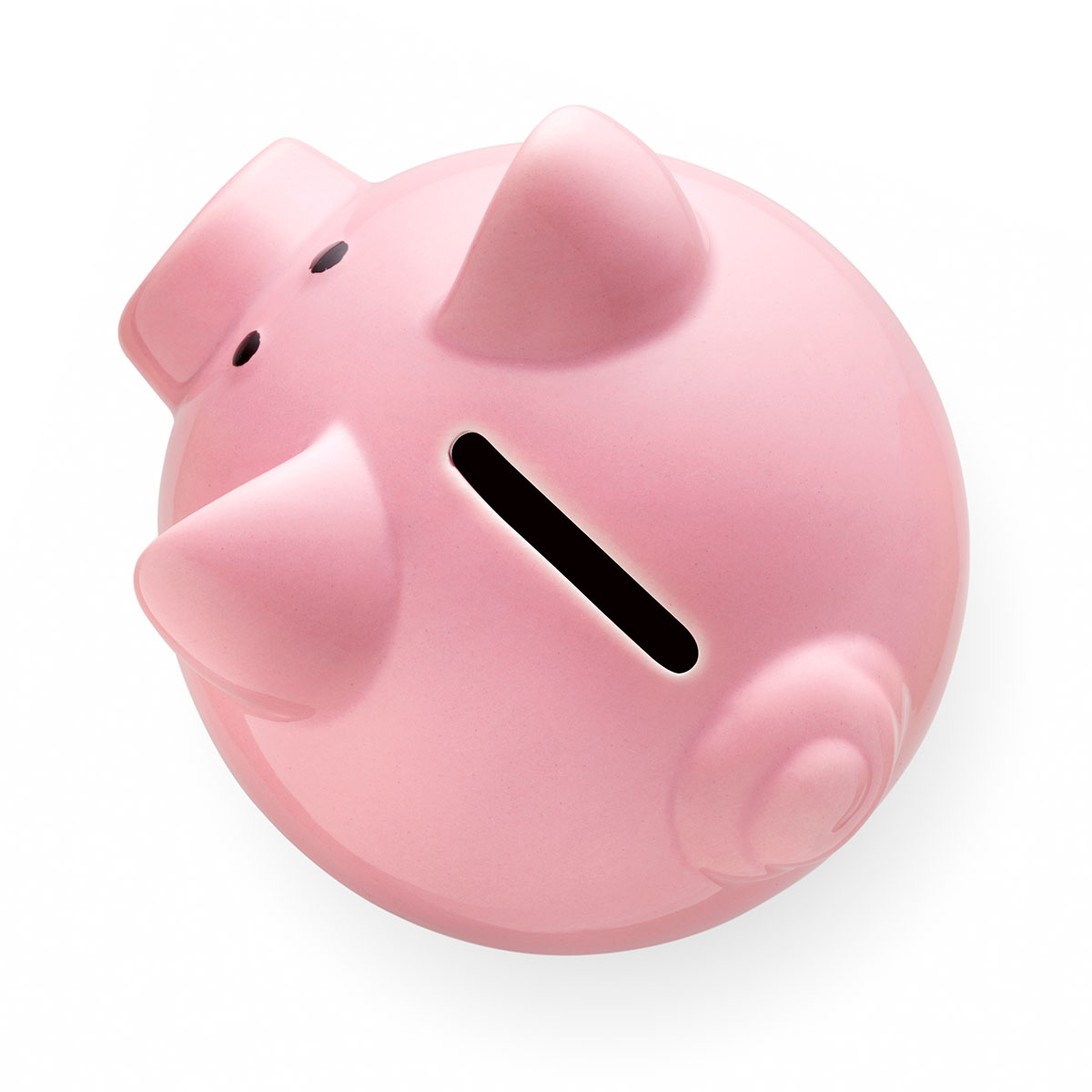Dental insurance can be tricky to understand. Once you throw ObamaCare dental mandates into the mix, it’s easy to become overwhelmed. Despite the fact that ObamaCare has been around for several years now, it’s still a mystery to many people about what it does and doesn’t cover. Let’s go over some key things about ObamaCare that are important to understand, specifically in regards to dental coverage.
What is ObamaCare?
The Affordable Care Act (ACA), informally known as ObamaCare, required the majority of Americans to have health insurance by 2014 unless they met certain exemption requirements. Failure to get health insurance could result in a financial penalty. However, the same is not true for dental insurance. Under ObamaCare, dental insurance must only be available for purchase to those less than 19 years of age, but you do not have to buy it. There is no penalty for not purchasing dental insurance. That being said, ObamaCare is largely focused on just health insurance.
Should I sign up for a dental plan through ObamaCare?
If you’re unable to get dental coverage through your employer and purchasing an individual dental plan is too expensive, look into ObamaCare. You can visit healthcare.gov or your state’s Health Insurance Marketplace (also known as the Health Insurance Exchange) to search available plans in your area.
Be advised that you cannot simply enroll in a Marketplace dental plan. In order to get dental coverage, you must also be enrolled in a Marketplace health insurance plan. This can be achieved in two different ways. One way is by signing up for a health insurance plan that also covers dental. Now, this is easier said than done. According to personal finance website ValuePenguin.com, “fewer than 1% of all health insurance plans on the Exchange include adult dental as part of the package.” Your second option is to sign up for a basic Marketplace health insurance plan and then a separate stand-alone dental plan. Simply put, you can’t have one without the other.
Now, this also means that if you have health insurance through your employer, you cannot get just dental coverage through ObamaCare. This creates quite the predicament for many people, causing them to feel like they’re stuck between a rock and a hard place.
Marketplace dental plans
When comparing dental plans available to you through healthcare.gov, be especially careful when looking at the plan’s out-of-pocket maximum. You’ll notice that underneath the quoted amount it says, “Applies to child essential health benefits only”. This means that the out-of-pocket maximum amount is for someone up to the age of 19. For anyone older than this, you’ll have to click on “plan brochure” for a breakdown of adult benefits. When you do, you’ll see that many dental plans do not have an out-of-pocket maximum for adults, which can become very costly.
It’s a good idea to read the entire brochure before enrolling in a dental plan so that you have a clearer picture of what your plan provides and doesn’t. Whereas dental plans outside of the Exchange typically cover major services at 50%, you’ll be surprised to see that many Marketplace dental plans do not cover major services for adults. This includes things like crowns, bridges, and dentures.
Dental insurance alternatives
Now, you can also get dental coverage without having to deal with ObamaCare or an insurance provider by signing up for a dental savings plan. This is a popular alternative to dental insurance because it offers discounted rates on procedures that insurance won’t cover and it cuts out the insurance company entirely, meaning there’s no red tape to deal with.
It’s also less complicated and has fewer limitations than insurance since it has no copays, annual maximums or premiums. You pay for a year of membership to your dental savings plan upfront, which starts at around $80. Once you do this, you’ll have access to a network of dentists in your area who perform work at a pre-negotiated rate. This rate is usually 10% to 60% off usual dentist’s fees. For example, without any type of dental coverage, you may pay $1275 for a single crown. If you have a dental savings plan, however, you may only pay around $550. As mentioned earlier there is no annual maximum, so you don’t have to worry about “using up” all of your coverage, or waiting until the next calendar year for your benefits to start over.
Dental coverage options
In closing, ObamaCare largely does not cover dental care. However, depending on your financial situation, it could the best dental coverage option for you due to its sliding-scale structure. If not, you have an affordable and flexible alternative in a dental savings plan. The answer isn’t one-size-fits-all. Figure out what works best for you so that you can get the dental care you need sooner rather than later.







